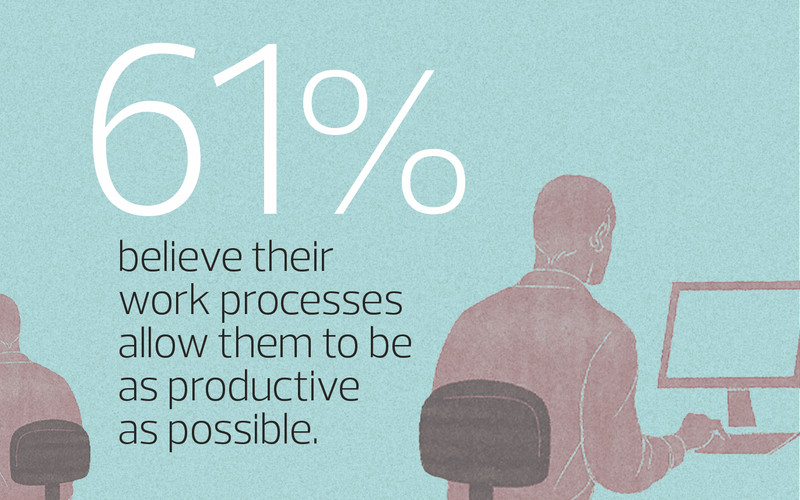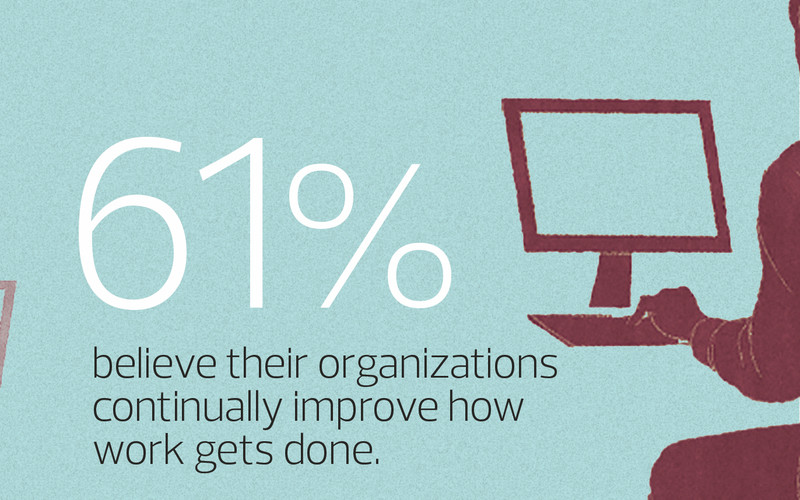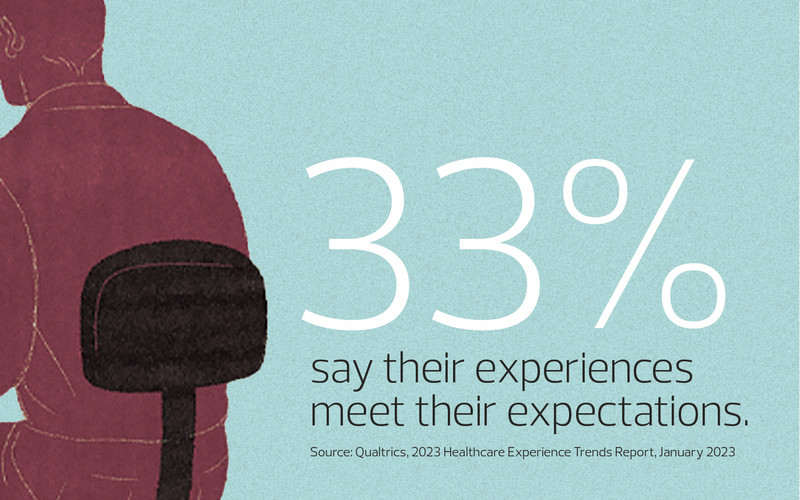Phoenix-based Banner Health is one of the country’s largest nonprofit health systems, operating in Arizona, California, Colorado, Nebraska, Nevada and Wyoming. To enhance life at work for its employees, it turned to ServiceNow to improve contract management.
Before 2018, Banner Health IT Director Joseph Heinzman says, “there was no real automation behind contracting” at the organization. Whether it was bringing on a new provider or securing a new technology for patient care, “it usually entailed spreadsheets and a lot of emailing back and forth with little visibility into the process,” he says.
He and his team previously had “great success” deploying ServiceNow in IT for request fulfillment, Heinzman says, and they realized they could use it for other purposes as well. “We had the workflow engine already there and ready to be built out. It just made sense to piggyback off the same technology and apply it to our contract management system,” he says.
At the time, Heinzman says, the Banner Health legal department was managing about 98,000 contracts per year. It was also fielding about 2,000 new contract requests annually.
EXPLORE: Clinical automation offers relief amid staff shortages and rising burnout.
“Handling everything over email wasn’t a great way to go about it,” he says.
Senior IT Product Owner Monica Johnson, who worked on the project as a consultant before joining Banner Health full time, says the new system has paid dividends across the organization. Among the key benefits she cites are tracking functions to easily monitor where contracts are in the fulfillment process and automated alerting that helps ensure required forms are completed and signed. The IT and legal teams can use the system’s dashboard to make modifications and crunch contract data. From day one, everything is visible in real time to all of the parties involved.
Since the platform “has made contracting a lot more seamless,” it’s also helped Banner Health maintain its position as an industry leader, she adds.
“We’re onboarding doctors faster and making it easier for them so we can get them into hospitals and helping our patients,” Johnson says. “I think it has made us a better organization and a better place to work.”

















